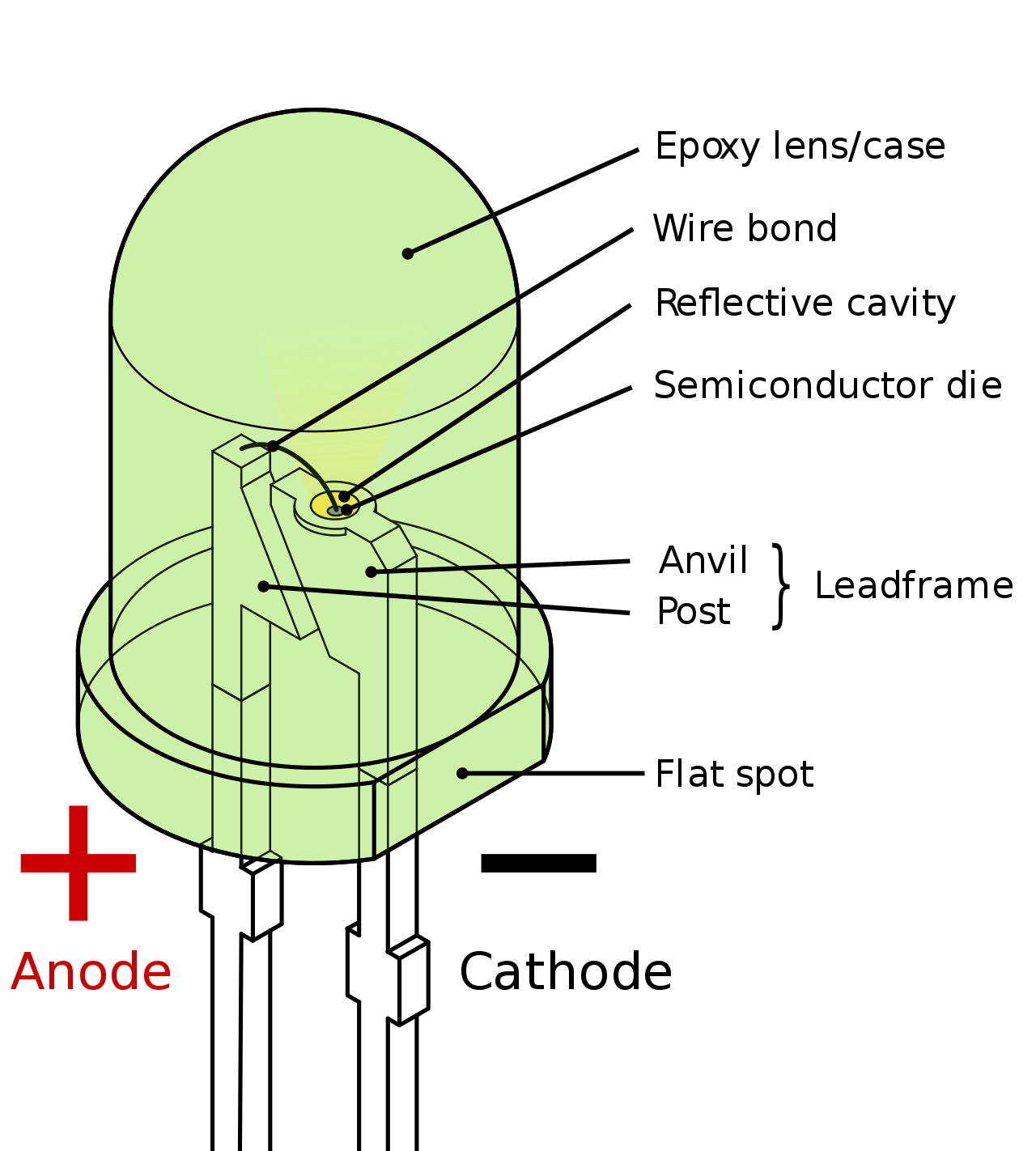I have an LED in a home project. It's in a simple loop with a resistor and the GND and V+ ends connected to appropriate pins on a microcontroller. The LED works properly for extended periods of time - including cycles of both on and off at appropriate times according to the software on the microcontroller - but then eventually stops working, meaning that it stays off even in cycles when it should be on.
The LED is physically connected to two lead wires, soldered with "pigtails" between wire and lead of the LED. I originally thought that physical connection was broken, but I've opened it and there was no signs of that being loose. I re-soldered it anyway, with no change in behavior. I also had the full thing apart at a time when it was working, and I could tug and twist any segment of the wiring without causing it to fail, so it seems that nothing is loose.
Now the really strange thing, in my opinion, is that the LED will always start working again when I try to measure voltage across the leads. Apparently even the slightest touch of the multimeter probe will "fix" the problem and the LED goes on (provided, of course, that I run the test during an "on" cycle). I only need to touch one side to observe this, which I believe is always the V+ side. There is voltage when I take the measurement, although that's redundant by that point since the LED is on, which also indicates a voltage.
So, it seems that there is voltage across the LED when there should be, that the LED is not burned out because it can be made to work again, that the physical connection is apparently solid. I'm beginning to suspect some sort of failure of the LED itself, but I have not idea what that would be. I could cut it out and replace it, but that's a bit of work that I'm not sure will solve the problem.
Is there some sort of internal failure mode of an LED that would explain this type of behavior?

